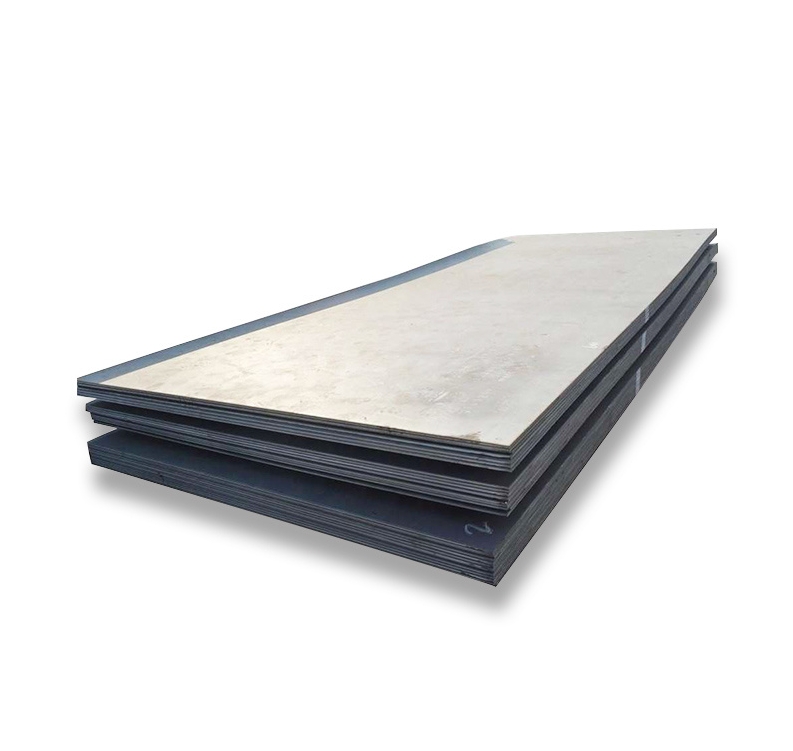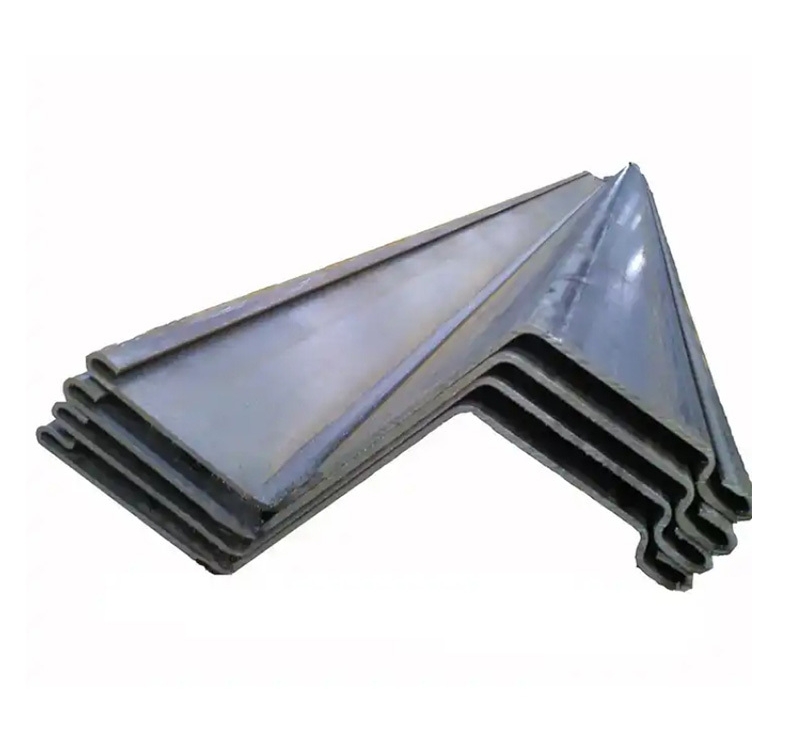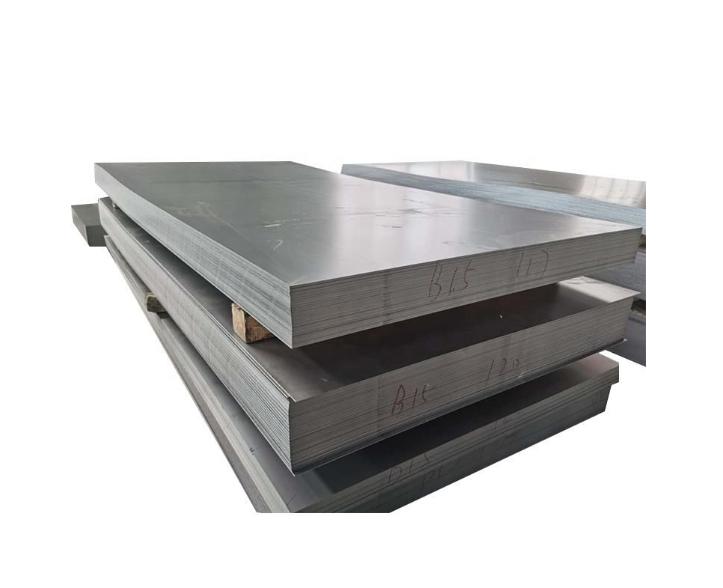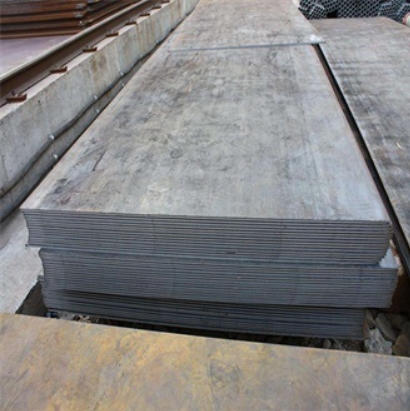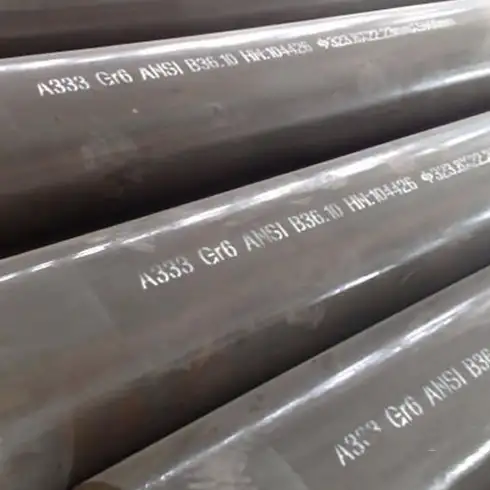Characteristics of Corten Steel Plate Retaining Walls
Corten steel, also known as weathering steel, is a high-strength, low-alloy steel that forms a stable, rust-like appearance when exposed to the elements. This protective patina develops over time, offering excellent corrosion resistance and eliminating the need for painting. This makes Corten steel an increasingly popular material for retaining walls in various landscaping, architectural, and civil engineering applications due to its durability and unique aesthetic appeal.
Key Advantages
- Exceptional Durability: The self-healing rust layer (patina) acts as a barrier against further corrosion, significantly extending the lifespan of the retaining wall compared to ordinary steel.
- Unique Aesthetic Appeal: Corten steel provides a distinctive, warm, and natural rusted look that evolves over time. Its earthy tones blend well with outdoor environments and modern designs.
- Low Maintenance: Once the protective patina is fully formed (typically within 6 months to a few years, depending on the environment), Corten steel retaining walls require minimal to no maintenance.
- High Strength: Despite its relatively light weight, Corten steel possesses high tensile strength, making it capable of withstanding significant soil pressure. Quality material, like that available from suppliers such as Shanxi Luokaiwei Steel Company, ensures the structural integrity needed for demanding applications.
Design and Installation Insights
Successful Corten steel retaining wall projects depend on careful design and installation practices:
- Steel Thickness: The appropriate plate thickness must be selected based on the wall’s height, the lateral earth pressure, and any surcharge loads. Engineering calculations are vital.
- Drainage: Adequate drainage behind the wall is crucial to prevent hydrostatic pressure buildup. This typically involves incorporating weep holes, using a granular backfill (like gravel), and sometimes installing a geotextile filter fabric.
- Foundation: A solid and properly designed foundation (e.g., concrete footing) is essential to ensure the wall’s stability and prevent settlement, overturning, or sliding.
- Connections and Fabrication: Corten steel plates can be welded or bolted. Welding offers a seamless appearance, while bolting can simplify on-site assembly. Access to precisely cut and fabricated plates from experienced sources, including options from firms like Shanxi Luokaiwei Steel Company, can streamline the installation process.
- Managing Runoff: During the initial weathering phase, rust-colored water runoff can stain adjacent surfaces like concrete or paving stones.
Important Considerations
While offering many benefits, some factors require consideration:
- Rust Staining: The initial rust runoff is a known characteristic. Mitigation strategies include designing a gravel strip or channel at the base of the wall to catch runoff, or choosing pre-weathered Corten steel.
- Initial Cost: The upfront material cost of Corten steel can be higher than some conventional retaining wall materials like timber or concrete blocks. However, its longevity and low maintenance often result in lower overall life-cycle costs.
- Welding: Welding Corten steel requires appropriate welding consumables and techniques to ensure the weld performs similarly to the base material in terms of weathering and strength. Sourcing high-grade Corten steel from reputable providers like Shanxi Luokaiwei Steel Company is beneficial for achieving quality welds.
- Environment: The rate of patina formation and its final appearance can be influenced by atmospheric conditions, including humidity and exposure to salt.
Maintenance Aspects
Corten steel retaining walls are renowned for their low maintenance requirements. Periodic inspection is advisable, primarily to ensure that drainage systems remain clear and effective, and to check the overall structural integrity, especially after extreme weather events.




